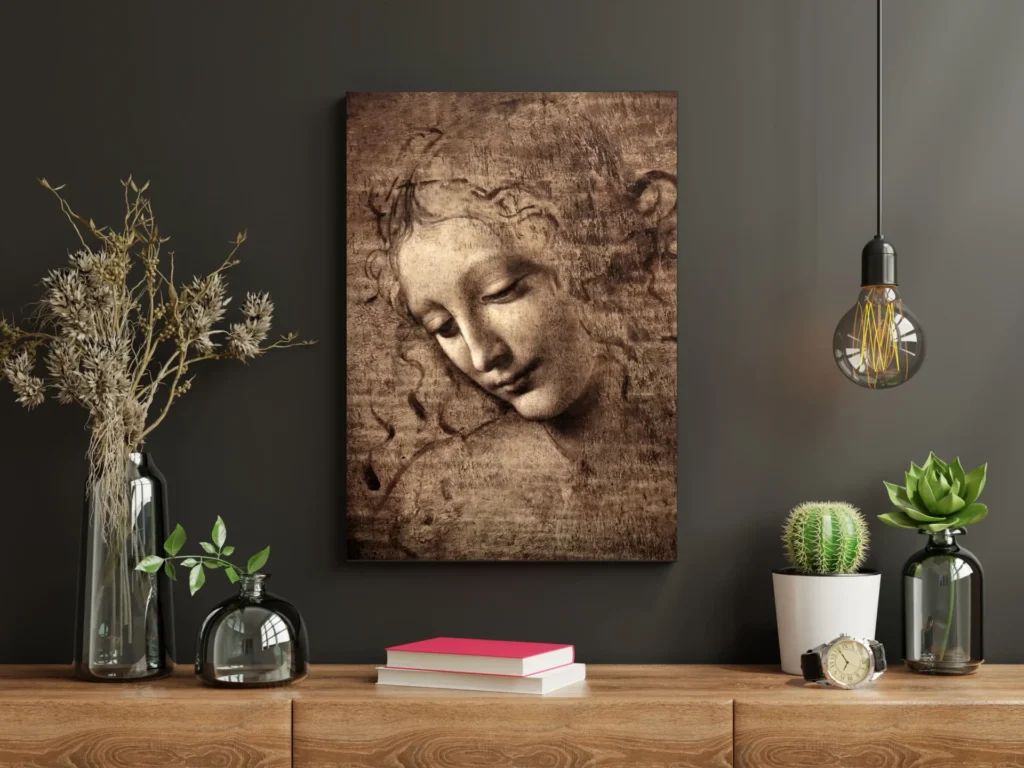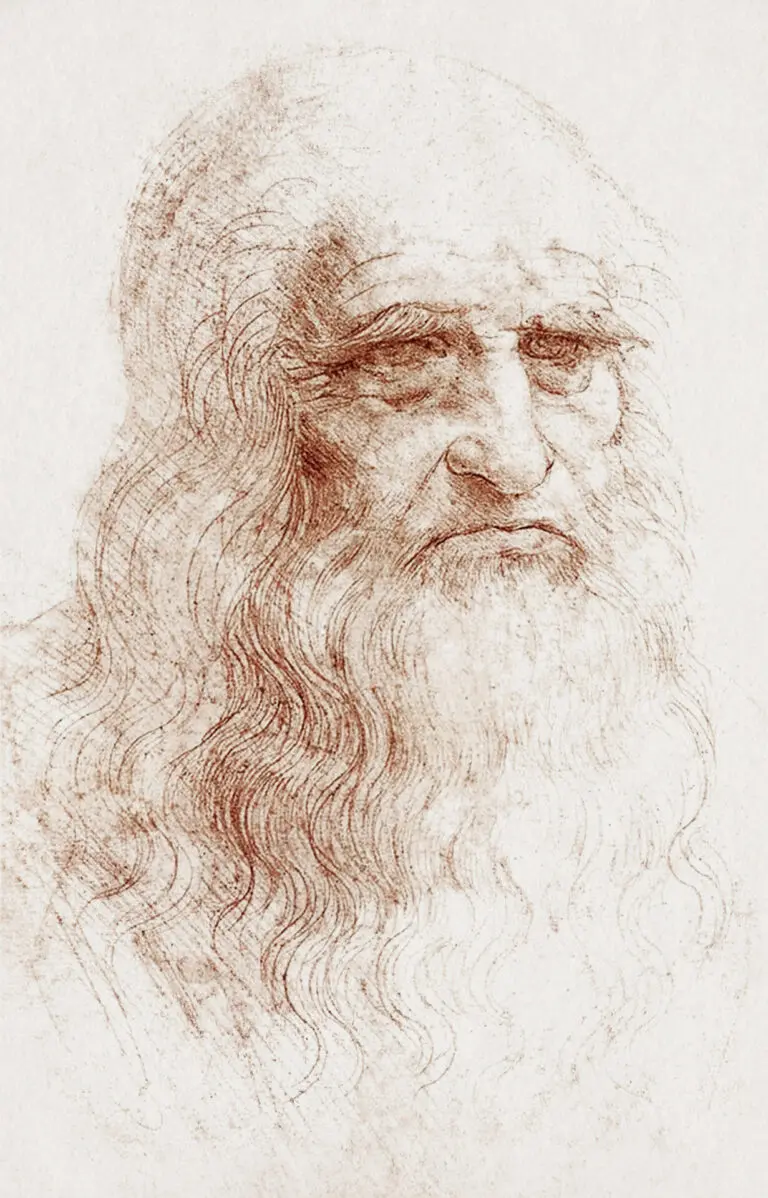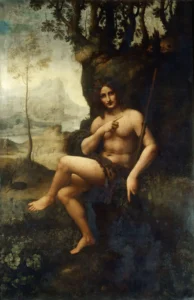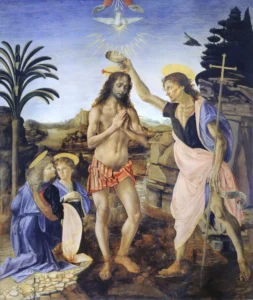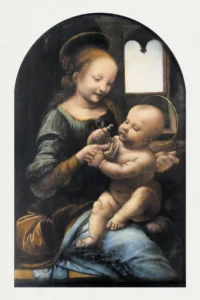La Scapigliata (1506–1508)
La Scapigliata, or 'The Lady with Dishevelled Hair,' is a captivating unfinished painting created by Leonardo da Vinci around 1506–1508. Depicting an enigmatic woman with flowing hair, this work exemplifies da Vinci's mastery of the sfumato technique. Although its attribution has been debated, the painting is celebrated for its beauty and insight into Renaissance artistry, currently housed at the Galleria Nazionale di Parma.
1506–1508
About the Artwork
La Scapigliata's history is intertwined with the prestigious collections and patrons of the Renaissance. Initially noted in the House of Gonzaga collection in 1627, it is believed that Isabella d'Este, a prominent patron, once owned this mesmerizing piece. Following its passage through various collections, it was recorded in 1826 at the Galleria Nazionale di Parma, where it remains today. Despite ongoing debates about its authenticity—some attributing it to da Vinci while others believe it may have been painted by his talented pupils—the painting continues to intrigue viewers with its mystery and artistic significance, bridging the gap between Leonardo's sketches and fully realized works.
Did You Know
La Scapigliata’s provenance suggests it was once housed in the collection of Isabella d’Este, a notable patron of the arts during the Renaissance, adding to its allure and historical significance.
The painting showcases Leonardo da Vinci’s innovative use of the sfumato technique, which allows for the soft blending of colors and tones, creating a captivating atmospheric effect that enhances the subject’s realism.
Despite being celebrated as a masterpiece, La Scapigliata’s authenticity has sparked considerable debate among art historians, with some attributing it to da Vinci himself, while others believe it could be the work of his apprentices, highlighting the complexity of Renaissance artistry.




